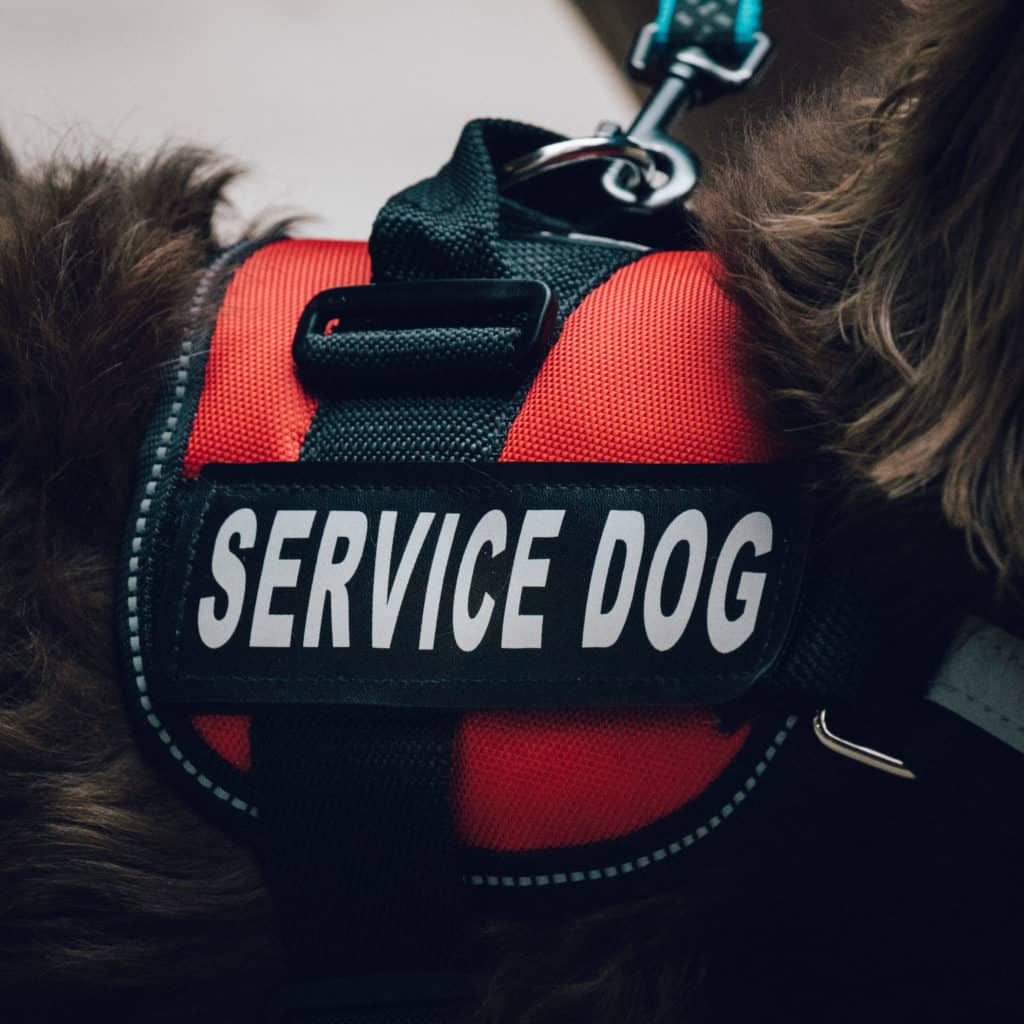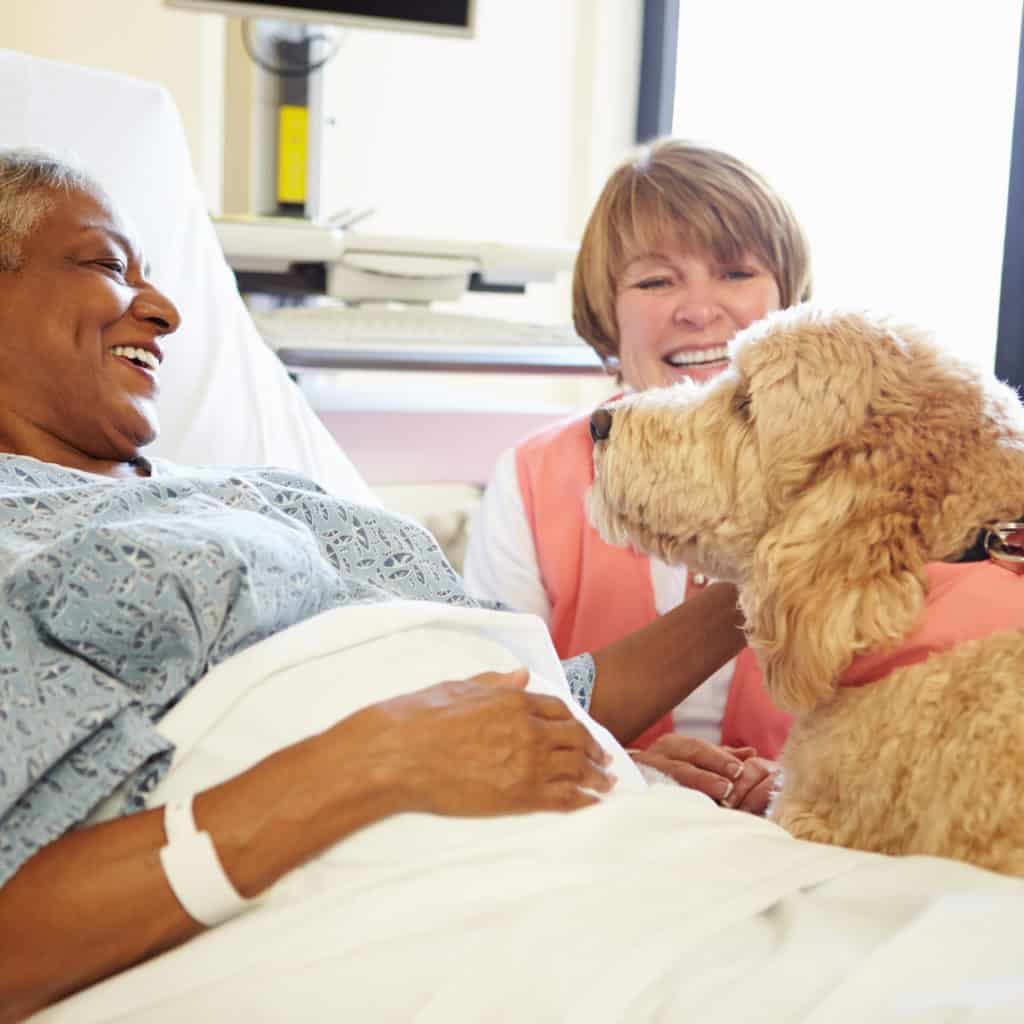September is National Service/Guide Dogs month! This amazing, month-long holiday is to honor all of the service dogs and guide dogs who graciously help their pet parents. And it’s much deserved! These pups provide assistance to their humans in need—ranging from performing daily tasks, accomplishing lifelong goals, overcoming any distress from mental illnesses, guiding the blind and safeguarding military bases!
In celebration of this holiday, we will go over the different types of service dogs that help change many individual’s lives!
Guide Dogs

Guide dogs are dogs who are trained to assist and lead the blind or vision impaired. These dogs go through comprehensive training, normally ranging for about 18 months. Because these dogs are hard at work and being focused is crucial for their job, you should not distract them—no matter how cute they are. Distracting these dogs while they are working can lead to potential harm to their owners.
Service Dog

A service dog is a dog that helps people with disabilities (ranging from PTSD, seizures, mobility impairment, hearing impairment) lead an independent life. The ADA (American with Disabilities Act) states that “Service animals are defined as dogs that are individually trained to do work or perform tasks for people with disabilities. Examples of such work or tasks include guiding people who are blind, alerting people who are deaf, pulling a wheelchair, alerting and protecting a person who is having a seizure, reminding a person with mental illness to take prescribed medications, calming a person with Post Traumatic Stress Disorder (PTSD) during an anxiety attack, or performing other duties.”
Just like with guide dogs, when service dogs are working, it is essential not to pet them or distract them. Any distraction can lead to potential harm to the owner, so be mindful when you see a service dog wearing their vest.
Therapy Dogs

Therapy dogs are dogs who provide comfort to people in hospitals, retirement homes, schools, and to people with autism, anxiety, and depression. Although these dogs do not need to go through any special training, they are tested before becoming therapy dogs—making sure that they are calm in chaotic environments, comfortable with different people around, and are already well-behaved.















